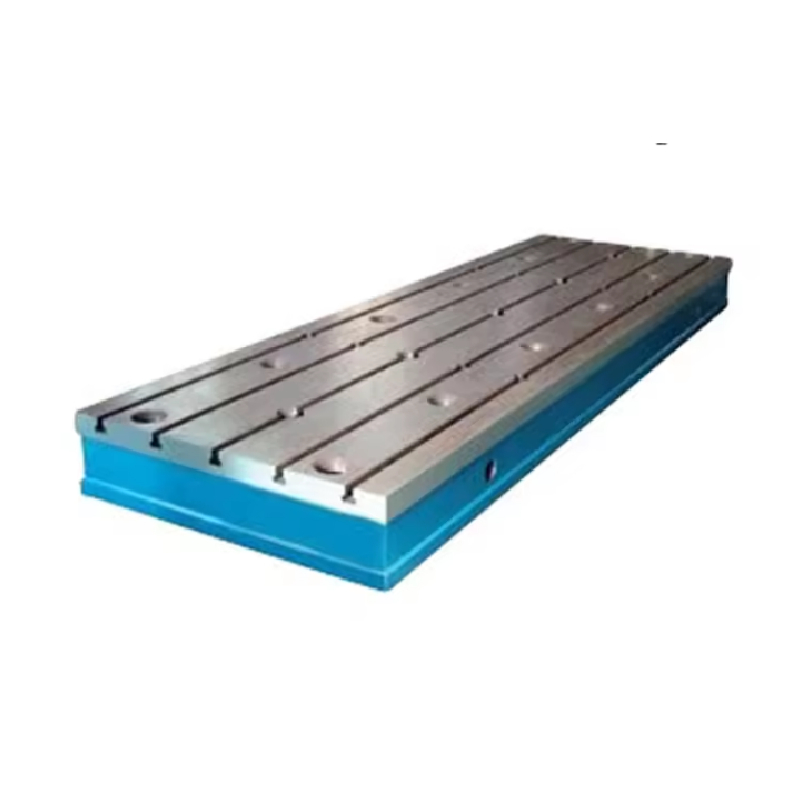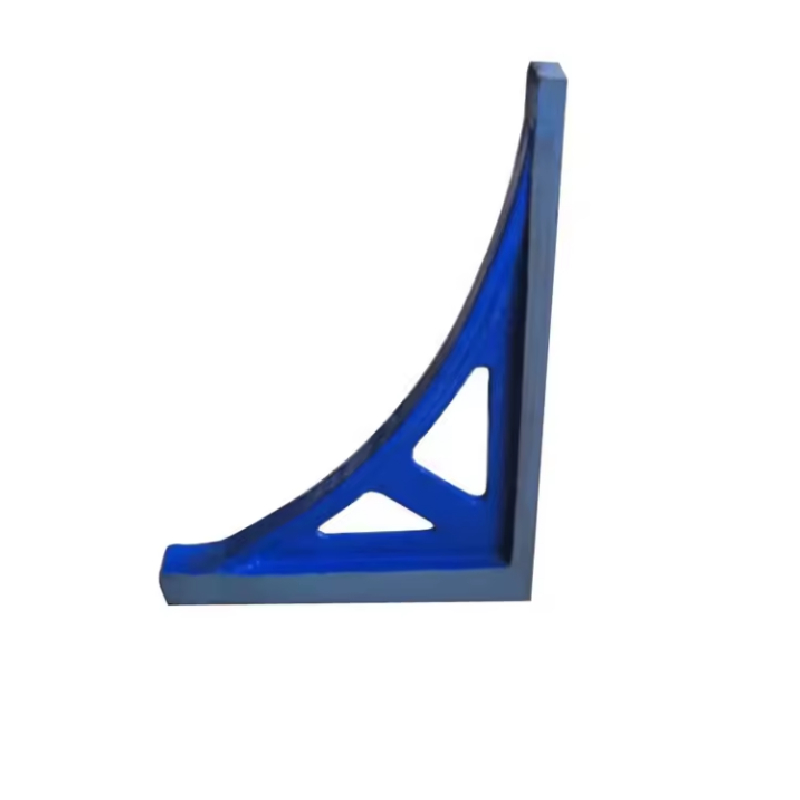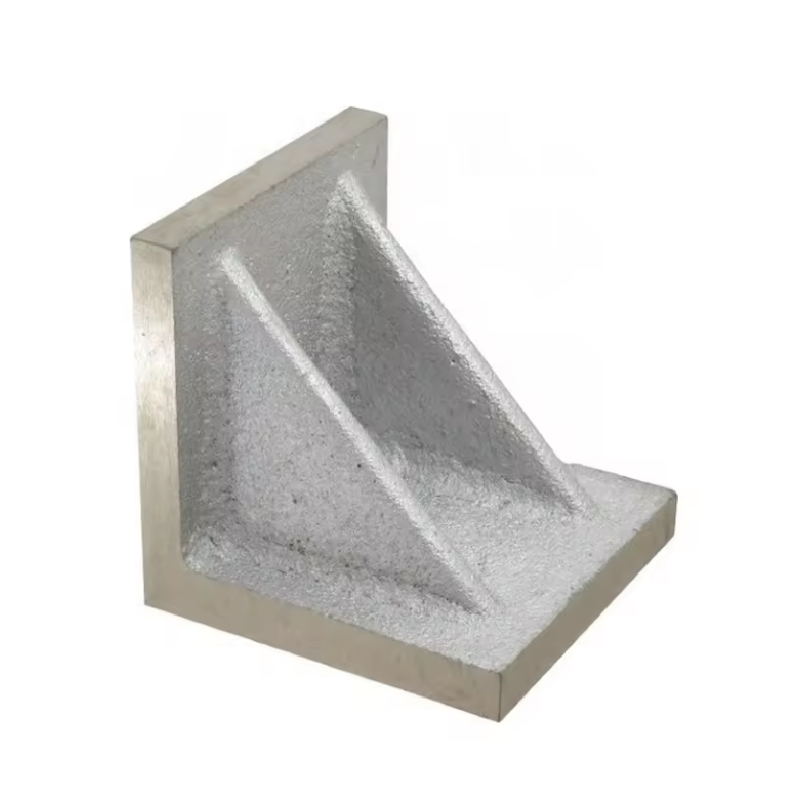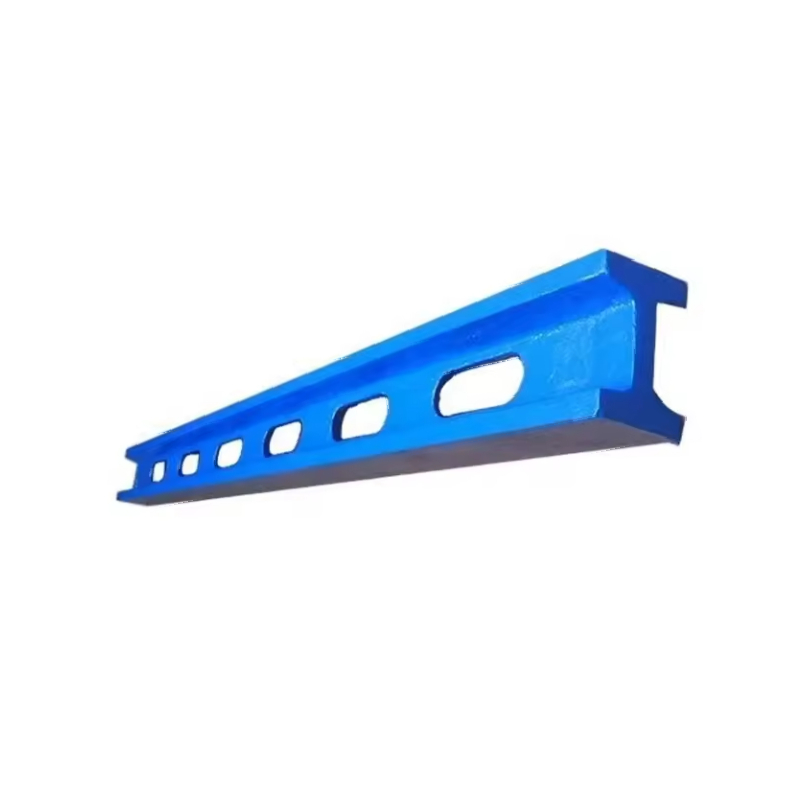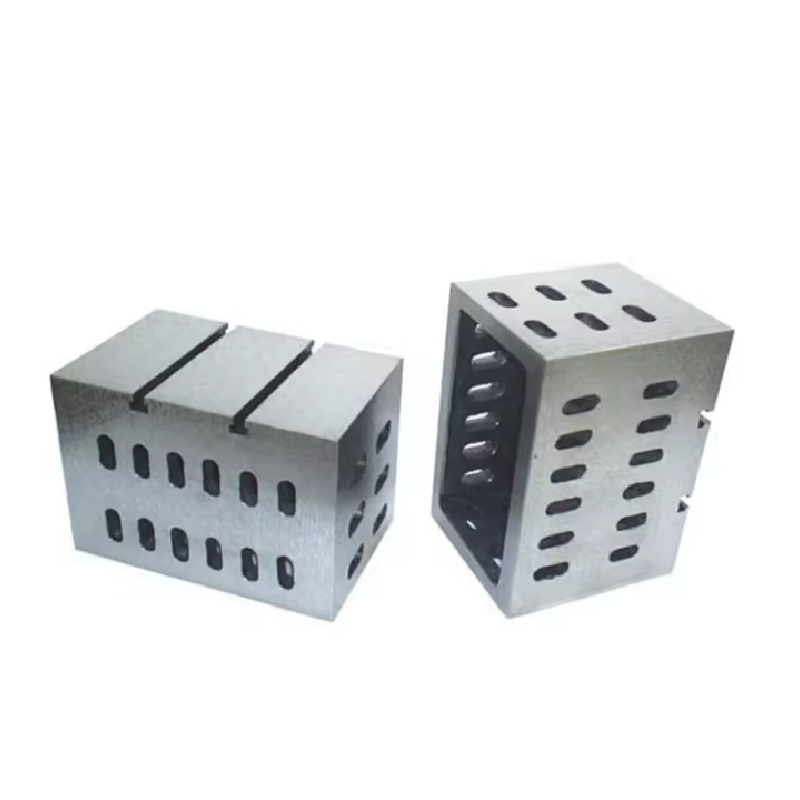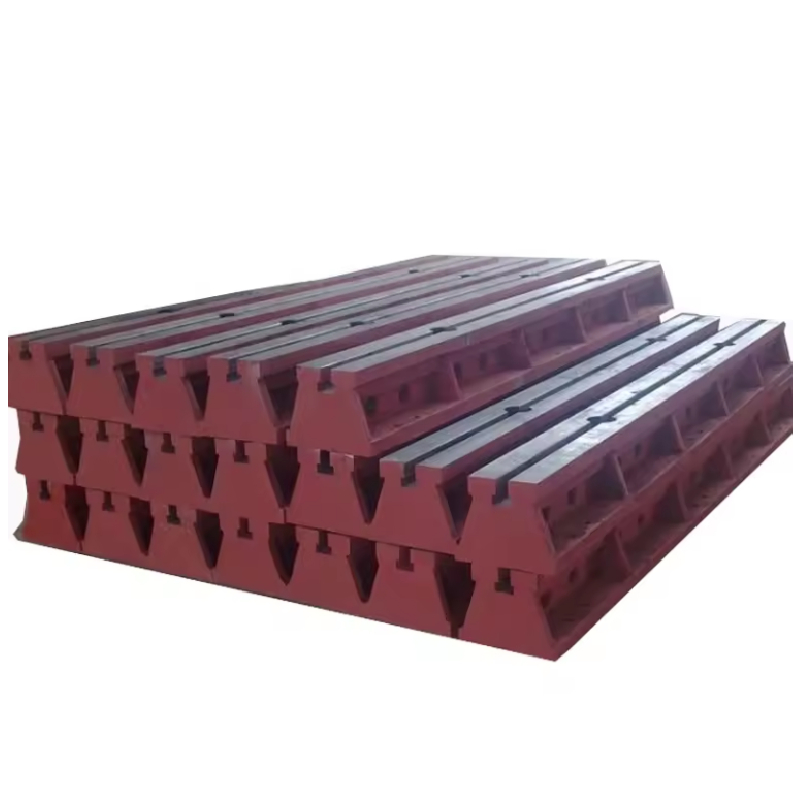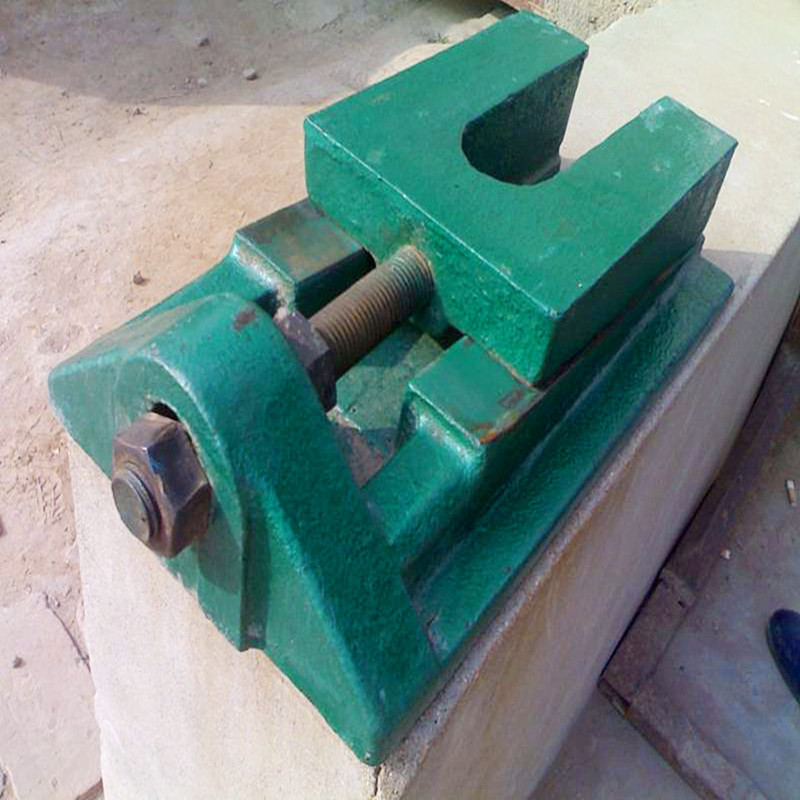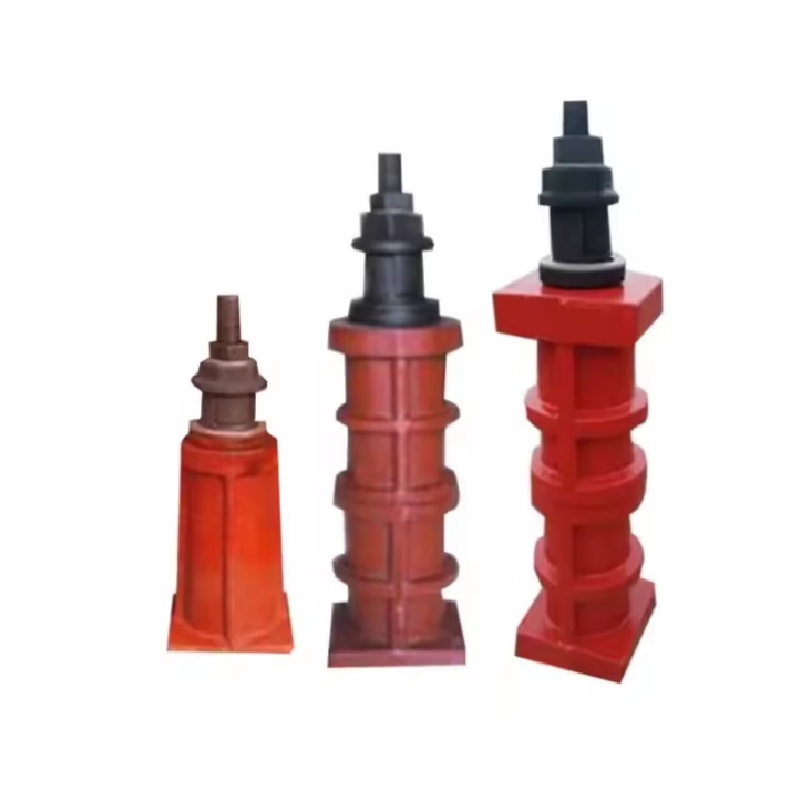აგვ . 27, 2025 01:00 Back to list
High-Precision Optical Composite Image Levels
The Evolution of Precision Level Measurement and Industry Trends
In industrial processes, accurate and reliable level measurement is paramount for operational efficiency, safety, and product quality. Traditional measurement technologies, while foundational, often face limitations in harsh environments, complex media, or where extreme precision is required. This has driven the demand for advanced solutions capable of providing superior performance. The emergence of the optical composite image level represents a significant leap forward in this domain, addressing critical needs across various sectors.
Current industry trends emphasize digitalization, automation, and data integration. Manufacturers are increasingly seeking non-invasive, highly accurate, and robust instruments that can operate seamlessly within IIoT (Industrial Internet of Things) ecosystems. Solutions offering real-time data, minimal maintenance, and extended service life are particularly valued. Furthermore, there's a growing preference for modular and customizable systems that can adapt to specific application requirements, moving beyond generic level types. The market for sophisticated level china technologies is also expanding rapidly, with domestic innovations increasingly competing on a global scale. The integration of advanced optics and digital image processing in level sensing is a key trend, moving away from purely mechanical or single-technology approaches towards a more holistic, intelligent measurement paradigm. This shift underpins the value proposition of modern composite image level gauges.
Manufacturing Process of the Optical Composite Image Level
The production of a high-performance optical composite image level is a multi-stage process demanding meticulous engineering and stringent quality control. It integrates advanced materials with precision manufacturing techniques to ensure durability, accuracy, and reliability in demanding industrial environments.
Process Flow:
- Material Selection & Preparation: High-grade materials are chosen for their specific properties. For the external housing and process connections, materials like 316L stainless steel or specialized alloys (e.g., Hastelloy, Monel) are selected for their corrosion resistance and mechanical strength, often involving precision casting or forging processes. Optical components utilize high-purity quartz or specialized optical glass for optimal light transmission and chemical inertness. Gaskets and seals are chosen for their compatibility with process media and temperature ranges (e.g., PTFE, Viton).
- Precision Machining: Components, especially the viewing window frame level, sensor mounts, and process connections, undergo sophisticated CNC machining. This ensures micron-level tolerances for critical interfaces, preventing leaks and guaranteeing precise alignment of optical elements. Surface finishes are meticulously controlled to enhance corrosion resistance and prevent adhesion of process residues.
- Optical Component Fabrication & Integration: The core of the optical composite image level involves custom-engineered optical prisms, lenses, and filters. These are manufactured with extreme precision, often involving grinding, polishing, and specialized coatings. They are then precisely aligned and sealed within the instrument's viewing chamber to create the composite image pathway.
- Electronic Assembly: The digital imaging sensor (e.g., high-resolution CCD or CMOS array), illumination system (e.g., high-intensity LED array), and signal processing electronics are assembled in a cleanroom environment. This includes PCB mounting, soldering, and integration with the optical system.
-
Calibration & Testing: Each unit undergoes rigorous multi-stage testing.
- Pressure Testing: Hydrostatic and pneumatic tests confirm leak integrity according to standards like ANSI B16.34 or API 600.
- Optical Calibration: Verification of image clarity, magnification, and alignment using precision optical benches.
- Functional Testing: Simulation of various liquid levels and media properties to validate measurement accuracy and repeatability.
- Environmental Testing: Exposure to simulated extreme temperatures, vibrations, and humidity to ensure performance stability.
- Compliance Audits: Adherence to international standards such as ISO 9001 (Quality Management), ISO 14001 (Environmental Management), and industry-specific certifications like ATEX/IECEx for hazardous areas.
- Final Assembly & Packaging: Components are assembled, sealed, and prepared for shipment. Each unit is individually inspected and packaged to prevent damage during transit.
This meticulous process ensures a service life of 10-15 years or more, depending on process conditions and maintenance. Target industries include petrochemical, metallurgy, power generation, water supply & drainage, pharmaceuticals, and food & beverage, where their robust design offers advantages like enhanced safety, corrosion resistance, and energy saving through optimized process control.

Figure 1: Internal components of an optical composite image level.
Technical Specifications and Parameters
The performance of an optical composite image level is defined by its precise technical specifications, tailored to meet the rigorous demands of industrial applications. Below is a compilation of typical parameters, showcasing its advanced capabilities compared to conventional level types.
Optical Composite Image Level - Typical Specifications
| Parameter | Specification | Notes / Advantage |
|---|---|---|
| Measurement Principle | Optical Refraction/Reflection + Digital Image Processing | High precision, non-contact, robust to media changes |
| Accuracy | ±0.5 mm to ±2 mm (typically) | Superior to most traditional gauge glasses |
| Repeatability | ±0.2 mm | Ensures consistent process control |
| Operating Pressure | Up to 42 MPa (6000 psi) standard, higher upon request | Suitable for high-pressure vessels |
| Operating Temperature | -50°C to +400°C (Process) | Wide range for diverse industrial applications |
| Process Connection | Flanged (ANSI, DIN, JIS), Threaded (NPT, BSP), Weld-on | Versatile integration into existing systems |
| Wetted Materials | 316L SS, Hastelloy C-276, Monel 400, Duplex SS, Optical Glass/Quartz | High corrosion resistance for aggressive media |
| Output Signals | 4-20mA, HART, Modbus RTU/TCP, Foundation Fieldbus, Profibus DP | Seamless integration with DCS/PLC systems |
| Power Supply | 24 VDC (typical) | Standard industrial power supply |
| Hazardous Area Certifications | ATEX, IECEx, UL/CSA (Ex d, Ex ia options) | Ensures safety in flammable atmospheres |
| Multi-Phase Detection | Capable of distinguishing oil-water, foam-liquid interfaces | Crucial for separation processes |
| Enclosure Rating | IP65/IP67 | Protection against dust and water ingress |
Technical Advantages of Optical Composite Image Levels
The distinctive design and operational principle of the optical composite image level provide several critical advantages over conventional level types, making it an ideal choice for challenging industrial applications.
- Unparalleled Clarity and Visibility: Unlike traditional gauge glasses that can suffer from fluid discoloration, scaling, or condensation, the composite image technology creates a crisp, clear digital representation of the liquid level. This ensures operators have an unambiguous view, reducing the potential for misinterpretation and improving safety.
- High Precision and Resolution: Utilizing advanced digital imaging sensors (CCD/CMOS) and sophisticated algorithms, these levels offer exceptional accuracy (typically ±0.5 mm) and fine resolution. This is crucial for processes requiring tight control, such as chemical dosing, critical reactor levels, or custody transfer applications.
- Robustness in Harsh Environments: Engineered with durable materials like stainless steel and specialized optical glass, they withstand high pressures, extreme temperatures (up to 400°C), and corrosive media. The sealed design protects internal electronics from harsh external conditions.
- Multi-Phase Interface Detection: A significant advantage is the ability to clearly distinguish between different liquid phases (e.g., oil and water, or various emulsions) and foam layers. This is invaluable in separators, decanters, and other processes where interface management is critical for product quality and process efficiency.
- Non-Intrusive and Safe Operation: While providing direct visual and digital readings, the design often minimizes process wetted parts, or uses robust, corrosion-resistant materials. The ability to monitor levels remotely enhances operator safety by reducing exposure to hazardous process areas.
- Reduced Maintenance and Extended Service Life: With fewer moving parts than mechanical gauges and a robust construction, these systems offer significantly reduced maintenance requirements. The emphasis on high-quality materials and stringent manufacturing standards (e.g., ISO-certified production in level china facilities) contributes to an extended service life.
- Seamless Digital Integration: Equipped with standard industrial communication protocols (4-20mA, HART, Modbus, Foundation Fieldbus), these levels integrate effortlessly into existing Distributed Control Systems (DCS) and Programmable Logic Controllers (PLC), facilitating real-time data acquisition and advanced process control.
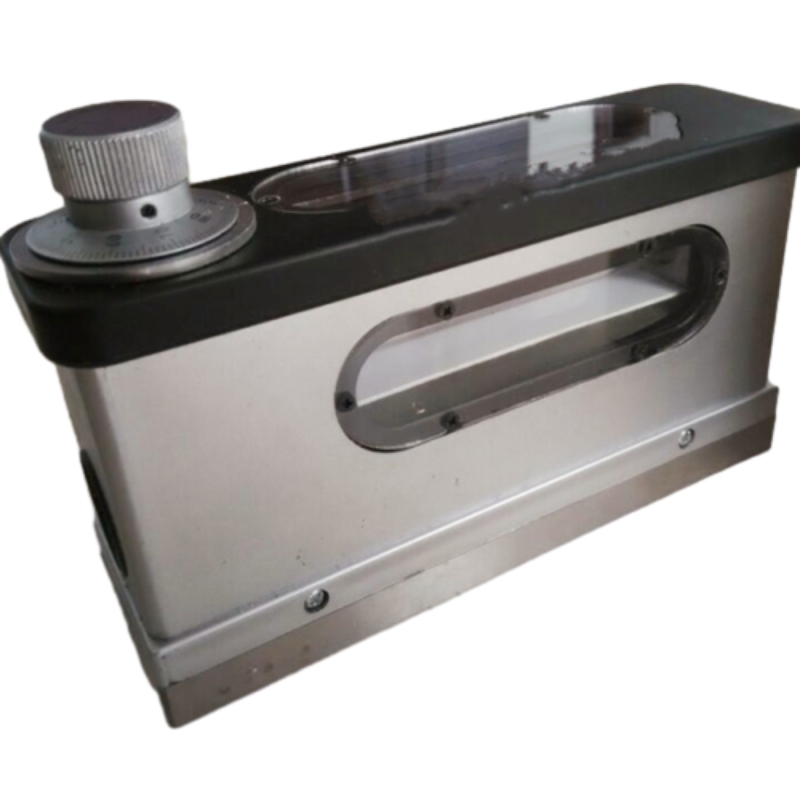
Figure 2: Digital readout of an optical composite image level in operation.
Application Scenarios and Case Studies
The versatility and robust performance of the optical composite image level make it indispensable across a spectrum of demanding industrial applications, particularly where traditional sight glasses or simple point level sensors fall short.
Typical Application Scenarios:
- Petrochemical Industry: Monitoring precise levels in separation vessels, distillation columns, and reactors where high temperatures, pressures, and corrosive or opaque media are common. The corrosion resistance of materials like Hastelloy in the frame level ensures longevity, while clear interface detection (e.g., oil-water separation) enhances process efficiency and product purity, leading to significant energy saving by preventing re-processing.
- Power Generation: Critical boiler drum level monitoring, turbine oil reservoirs, and condensate tanks. The high accuracy and reliability of these levels are crucial for preventing boiler trips and ensuring safe, continuous operation in environments with extreme steam and water conditions.
- Chemical Processing: Handling aggressive chemicals, multi-phase mixtures, and foaming liquids in reactors, storage tanks, and blenders. The ability to clearly distinguish interfaces prevents costly product contamination and ensures precise ingredient mixing.
- Oil & Gas Upstream/Midstream: Separators, scrubbers, and storage tanks for crude oil, natural gas liquids (NGLs), and produced water. Accurate interface detection is vital for maximizing hydrocarbon recovery and managing water disposal, enhancing both economic and environmental performance.
- Water Supply & Drainage / Wastewater Treatment: Monitoring levels in clarifiers, digesters, and chemical treatment basins. The non-contact nature and resistance to fouling by sludge or particulates make them superior to contact-based sensors, contributing to improved operational efficiency.
- Pharmaceutical and Food & Beverage: Ensuring precise liquid levels in batch processing, fermentation tanks, and storage vessels where hygiene and non-contamination are paramount. Sterilizable connections and clear visual verification support cGMP (current Good Manufacturing Practices).
Illustrative Case Study: Hydrocarbon Separation Optimization
A major refinery was experiencing challenges with conventional differential pressure transmitters and sight glasses in a critical oil-water separator. Fluctuations in fluid density, fouling of sight glasses, and the inability of DP transmitters to precisely identify the interface led to suboptimal separation, resulting in higher downstream treatment costs and off-spec products.
An optical composite image level system was installed, offering continuous, high-resolution visual and digital measurement of both the total liquid level and the oil-water interface. The instrument's advanced optics and image processing algorithms provided unambiguous readings even with varying fluid opacity and the presence of foam.
Results: The refinery observed a 15% improvement in separation efficiency, reducing the oil content in the water phase by 20% and water content in the oil phase by 10%. This translated to an estimated annual saving of $500,000 in operational costs (reduced chemical usage, lower energy consumption for re-processing, and less waste disposal). The enhanced accuracy and reliability also led to a significant reduction in unscheduled shutdowns related to level control issues, demonstrating the direct impact of superior level measurement on plant profitability and safety.
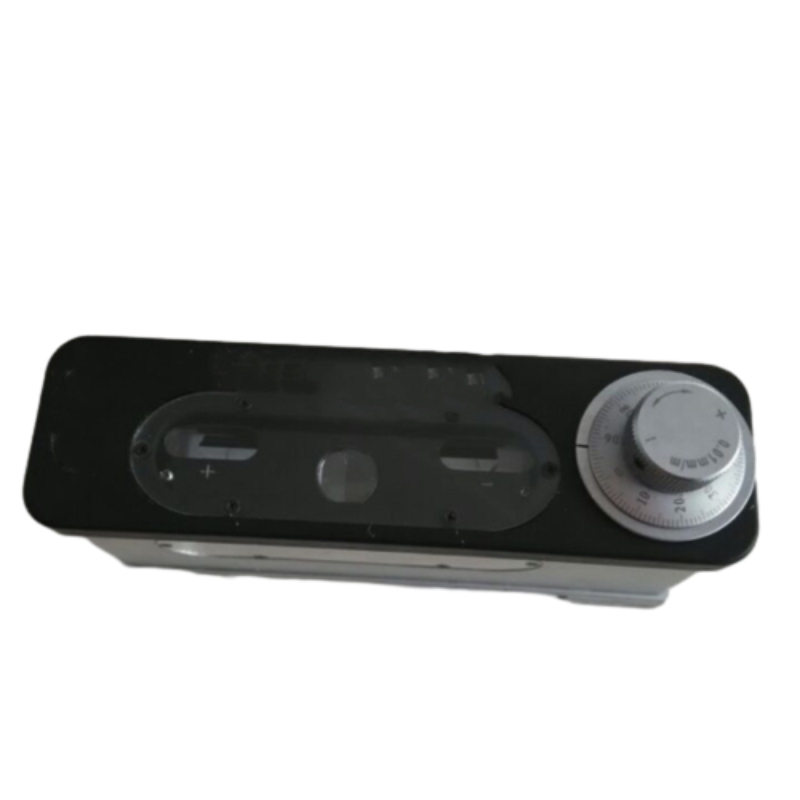
Figure 3: Optical composite image level installed in a complex industrial setting.
Vendor Comparison and Customized Solutions
When selecting an optical composite image level, potential buyers often face a choice between various vendors, each offering slightly different capabilities and service models. Understanding these distinctions is key to procuring a solution that aligns perfectly with specific project requirements.
Vendor Comparison Considerations:
| Feature/Service | Specialized OEM (e.g., STR Machinery) | General Instrumentation Supplier |
|---|---|---|
| Core Focus | Deep expertise in specific advanced level technologies (e.g., optical imaging) | Broad portfolio of various level types; less specialization |
| Customization Potential | High; bespoke designs for unique process conditions, materials, connections, and output protocols. Offers true frame level solutions. | Limited to standard configurations and options |
| Technical Support | Direct access to product engineers, in-depth application support | Tiered support, often through distributors; less direct engineering contact |
| Quality & Certifications | Stringent in-house quality control (e.g., ISO 9001, specific material certs); often pioneers of new certifications. Products are often benchmarked as leading level china innovations. | Standard industry certifications; relies on manufacturer's QC |
| Cost Structure | Potentially higher initial cost for bespoke solutions, but superior ROI through performance and longevity | Often lower initial cost for standard units, but potential for higher TCO in challenging applications |
| Delivery Times | May be longer for highly customized units, but reliable for standard build-to-order | Typically faster for off-the-shelf items |
Customized Solutions: Tailoring the Optical Composite Image Level
One of the most compelling aspects of working with specialized manufacturers is the ability to develop customized solutions. This ensures the optical composite image level perfectly integrates with unique process parameters and operational challenges. Customization options often include:
- Material Selection: Beyond standard stainless steel, specific alloys (e.g., titanium, zirconium) for highly corrosive or extreme temperature applications.
- Connection Types and Sizes: Adapting to non-standard flange sizes, custom threaded connections, or specialized hygienic connections.
- Extended Measuring Ranges: Tailoring the optical path and sensor array for exceptionally tall or short vessels.
- Integrated Features: Incorporating additional sensors (e.g., temperature, pressure), heating/cooling jackets for viscous media, or washdown systems for self-cleaning.
- Software and Communication Protocols: Developing custom firmware for specific algorithms, data logging requirements, or integration with legacy control systems.
- Hazardous Area Compliance: Designing for specific Zone 0/1/2 or Class I/II/III Division 1/2 requirements, including intrinsic safety (Ex ia) or explosion-proof (Ex d) enclosures, ensuring the highest standards of safety for any level measurement.
Partnering with an OEM that specializes in advanced level measurement ensures not just a product, but a solution optimized for performance, longevity, and total cost of ownership.
Frequently Asked Questions (FAQ)
- Q: How does the optical composite image level differ from traditional sight glasses?
- A: Traditional sight glasses provide a direct visual indication but are prone to fouling, discoloration, and are often difficult to read accurately, especially with opaque or turbulent fluids. The optical composite image level uses a combination of advanced optics and digital image processing to create a clear, real-time digital image of the liquid level and interfaces, even in challenging conditions. It also offers digital output for automated control.
- Q: Can it detect multiple fluid interfaces, like oil and water?
- A: Yes, a key advantage of the optical composite image level is its superior capability to clearly distinguish and measure multiple fluid interfaces (e.g., oil-water, foam-liquid, solid-liquid slurries) based on their distinct optical properties (refraction, reflection, opacity). This is invaluable for separation processes.
- Q: Is the system suitable for hazardous environments?
- A: Absolutely. Our optical composite image level products are available with full hazardous area certifications, including ATEX, IECEx, and UL/CSA for various classifications (e.g., Ex d explosion-proof, Ex ia intrinsically safe). This ensures safe and compliant operation in potentially explosive atmospheres.
- Q: What is the typical lead time for an order?
- A: For standard configurations, lead times typically range from 4-6 weeks. Custom-engineered solutions may require 8-12 weeks, depending on the complexity of design and material procurement. We provide precise lead time estimates upon quotation, with regular updates during the manufacturing process.
- Q: What warranty is provided with the product?
- A: All our optical composite image level products come with a standard 12-month warranty from the date of installation or 18 months from the date of shipment, whichever comes first. Extended warranty options are available upon request. This covers defects in materials and workmanship under normal operating conditions.
- Q: What kind of customer support is available?
- A: We offer comprehensive customer support, including remote technical assistance, on-site commissioning support (optional), troubleshooting guides, and a dedicated service team. Our engineers are available via phone and email during business hours to assist with any queries or operational issues related to your level measurement needs.
Conclusion
The optical composite image level stands as a testament to advanced engineering in industrial instrumentation. Its ability to provide highly accurate, reliable, and clear level and interface measurements in challenging environments positions it as a superior solution for a multitude of industries. By combining robust construction with sophisticated digital imaging and versatile communication capabilities, these instruments significantly enhance operational safety, efficiency, and environmental compliance. Investing in such advanced level types translates directly into improved process control, reduced maintenance, and a higher return on investment for B2B stakeholders.
References
- International Organization for Standardization (ISO). (2015). ISO 9001:2015 - Quality management systems — Requirements.
- American Petroleum Institute (API). (2018). API Recommended Practice 551 - Process Measurement and Control.
- ISA - The International Society of Automation. (2016). ISA-5.1-2016 - Instrumentation Symbols and Identification.
- European Committee for Electrotechnical Standardization (CENELEC). (2014). EN 60079-0: Explosive atmospheres - Part 0: Equipment - General requirements.
- National Institute of Standards and Technology (NIST). (2017). Guide for the Use of the International System of Units (SI).
This is the last article
-
Thread Plug Gauge Our Promise of Measurement ExcellenceNewsAug.22,2025
-
Gauge Pin Class Reflecting Quality LegacyNewsAug.22,2025
-
Check Valve Types for High Rise BuildingsNewsAug.22,2025
-
Water Control Valve for Irrigation SystemsNewsAug.22,2025
-
Gate Valve with Soft Seal TechnologyNewsAug.22,2025
-
Y Type Strainer for Oil and Gas ApplicationsNewsAug.22,2025
Related PRODUCTS
